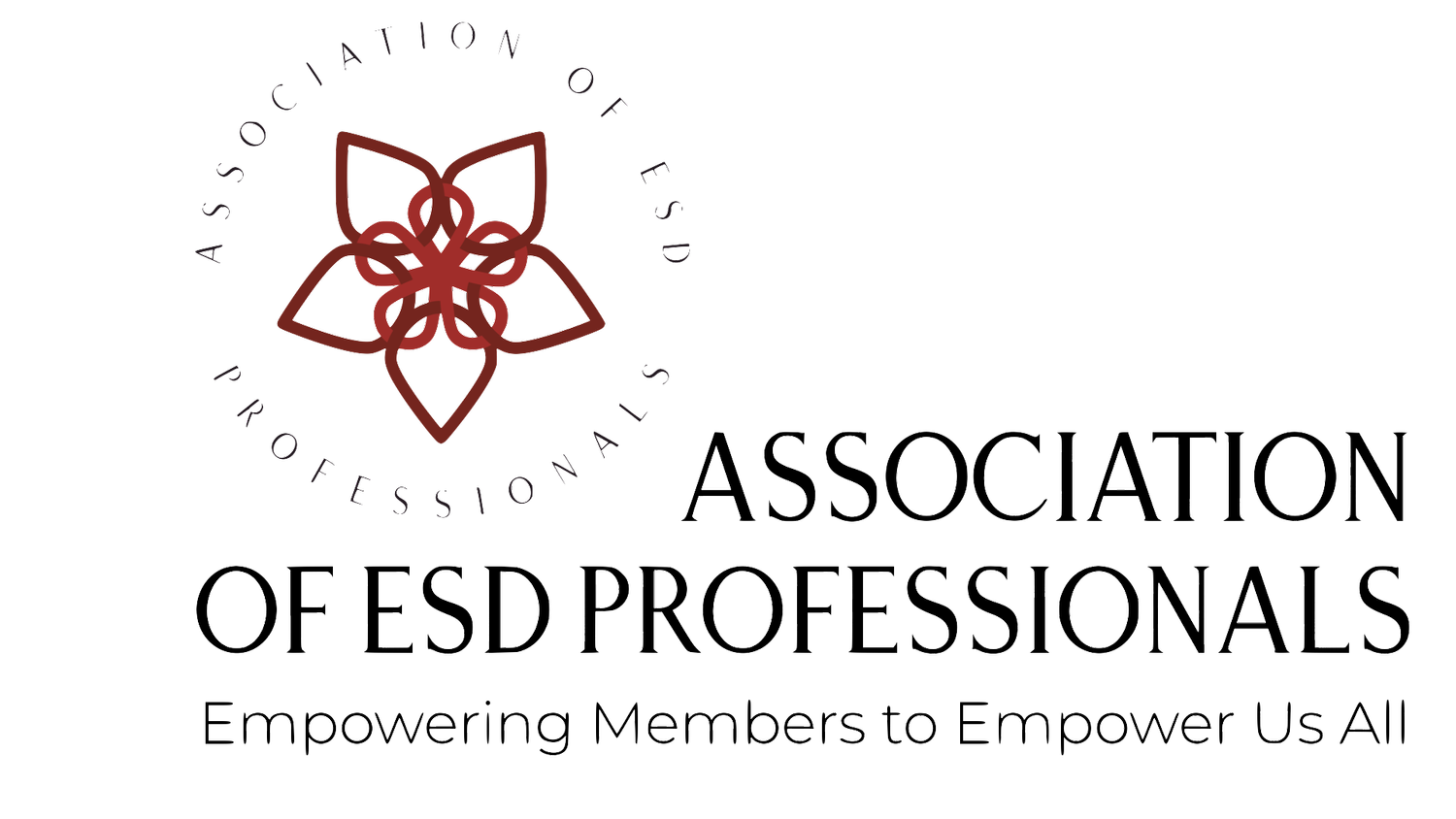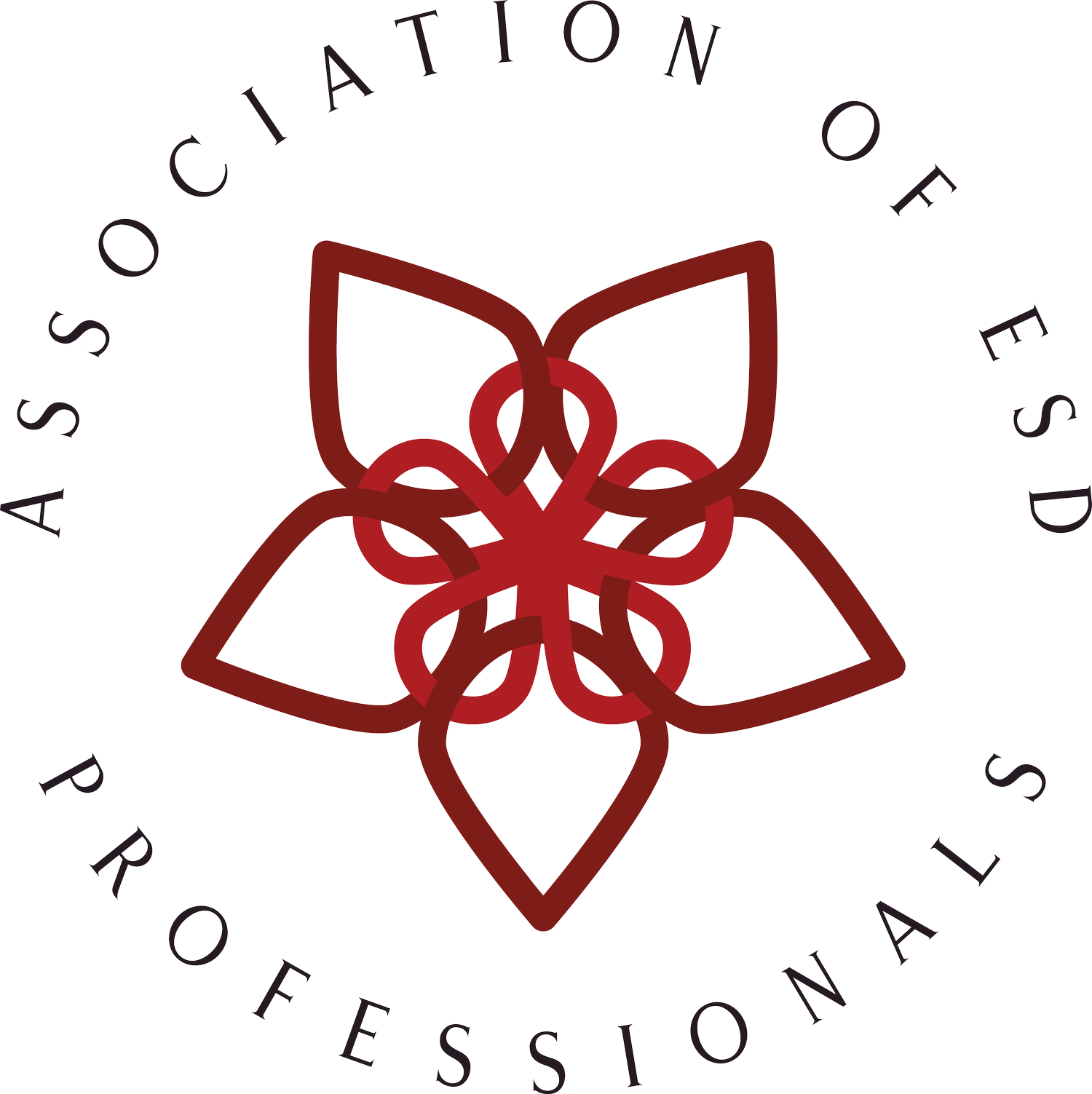Teaching ESD in Cross-Cultural Contexts
Reflections on Cultural Awareness & the Capacity to Be Humbled
In Costa Rica, where I live, the communication style is indirect, and there are many ways to express a “no” with a lot of context—without actually saying the word “no.”
Here’s one of my favorite examples. One time my mechanic told me my car would be ready the next day. So the next day, I texted him and asked what time I could pick up the car. He replied, “I am in Nicoya.”
For a moment, I felt annoyed and thought, I don’t care where you are or what you are doing. Is the car ready or not?
Then I remembered to check my cultural assumptions and understand the context. What was the mechanic really saying? Something along the lines of, “I’ve been very busy, and today I had to travel to Nicoya, so I haven’t had time to fix your car. So no, your car is not ready to be picked up today.”
Is this an example of poor communication? In the United States or certain other countries where people communicate even more directly, we might consider it so. Or even just confusing. In Costa Rica, it is normal.
It is only wrong or right if we use our cultural assumptions to assign it so.
(Although, let me be clear, I don’t want to give that mechanic too much leeway.)
I had already been living in Costa Rica for more than two years over different periods of my life when I completed my Level 1 empowerment self-defense instructor training with ESD Global. Before this, I had worked in a multicultural environment and facilitated workshops in cultural sensitivity for medical professionals. I felt pretty confident in my capacity for cultural awareness.
And yet, there is always more to learn. If we pay attention, we can continually learn from our cultural connections and be humbled by moments of our own inter-cultural clumsiness. I know I have.
I could give many examples of moments where I deepened my understanding of the layers of culture and communication—from my attempts at dating, to my relationship with mechanics, to my friendships and my professional experiences.
As a foreigner in this country, especially a white foreigner coming from a more resourced country with significant influence around the world, I feel it is my duty to continuously check my assumptions and navigate cultural misunderstandings. I feel that I should not make it anyone else’s responsibility to navigate my culture, including when I facilitate workshops. As the instructor, I take on the responsibility of navigating the differences between our cultures.
Because here’s the thing about cultural assumptions. They are assumptions because we don’t realize we are making them. Even the most aware among us may have moments when we are not aware that our definition of normal comes from our cultural context. We just think it is normal.
Even the best-traveled among us, who have learned and lived among many different cultures, may not have taken the time to truly define our own culture. And if we don’t understand our own culture and cultural norms, we don’t know to which standards we are holding others.
When I completed my training and began teaching Empowerment Self-Defense (ESD) in a rural part of Costa Rica, I was fired up about my “no’s.” In ESD, we teach about setting clear boundaries and saying no, expressing our needs and making requests.
Would these practices be considered harsh communication in Costa Rica? Perhaps, given the context.
Will participants in my classes perceive my teaching as me trying to change their cultural communication style or dismiss their polite interactions? Will they see these practices as tools of a colonizer? Perhaps.
I learned quickly to begin my workshops with a dialogue about cultural communication styles and context before beginning the practice of boundary setting and saying no.
In this dialogue, I share how I believe that we all have the right to say no without excuses or explanations, especially when we don’t feel safe. We all have the right to set clear and firm boundaries to keep ourselves safe. Am I trying to change the way that Costa Ricans communicate? No. Do I want women all over the world to be able to communicate a clear, firm NO as a way to protect themselves? Of course.
Context and self-awareness are equally important. Being capable of holding multiple, seemingly opposing realities at once is incredibly crucial for those of us wanting to teach ESD in different cultures.
As a facilitator, it is my responsibility to offer these practices without imposing my cultural value of direct communication on anyone, but rather by discussing the differences in our communications styles as cultural differences and continuously making the effort to humble myself in the face of my cultural assumptions.
Here are a few tips for ESD instructors working cross-culturally:
Reflect on your own cultural norms, especially those around communication. Do you come from a culture of direct or indirect communication? High context or low context?
Start with a dialogue around differences in communication styles and perhaps different gendered expectations around communication.
Ask participants to comment or reflect on their cultural communication styles. Example: in group learning, do people just speak up when they have something to say, do they raise their hands, or do they make eye contact and wait to be called on by the facilitator?
Use examples. Participants may not be able to define their own culture, as most of us consider our cultural norms to be just that…normal.
Reflect on power dynamics in your home culture and your participants’ culture.
Be willing to be continuously humbled by your own assumptions, and to hold multiple realities at once.
(And in case you’re wondering, my car was never fully repaired. I now travel by bike.)
Want to learn more about the Association of ESD Professionals and join our growing, global community? Email us at hello@ESDProfessionals.org.


